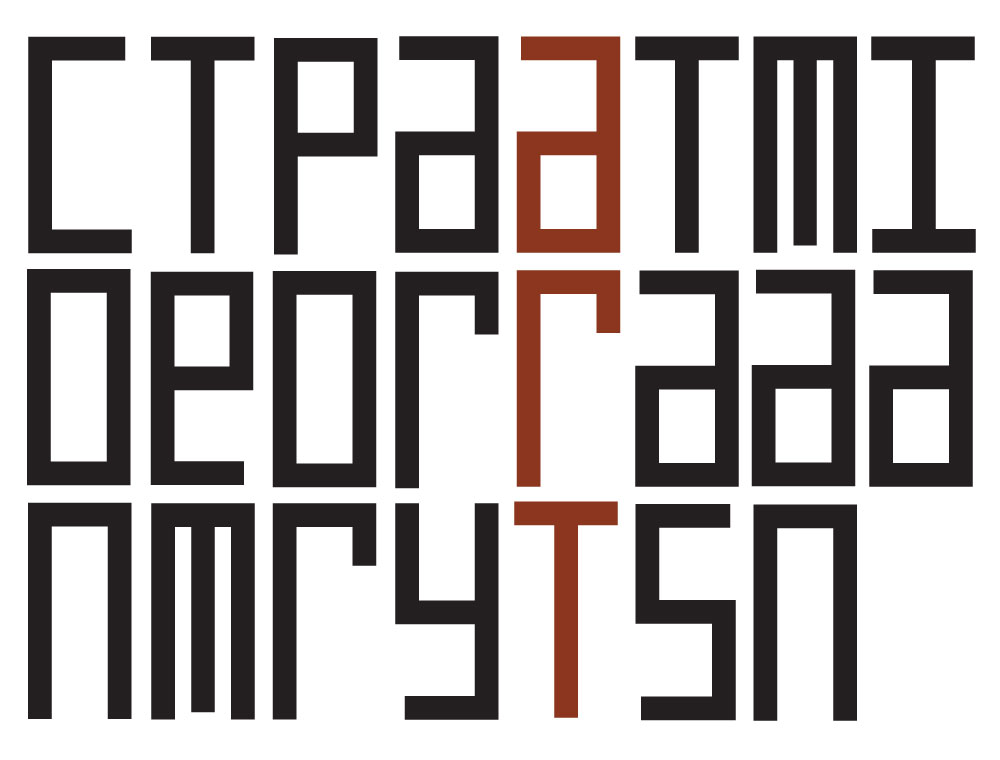#7: A Constance of Presence
Greg Lehman on Unspoken Rule
Archie Barry, Louisa Bufardeci, Liam James, Annika Koops, Roee Rosen, Artur Zmijewski
Curated by Stevie S. Han.
Paul Carter, The Road to Botany Bay, 1987.
We look up. A space opens where no space is tolerable. It is a vacuum left behind by deception; a lost lover, a dead child, or the realisation that you can no longer be who you think you are, or were, or want to be.
Imagined as a human response to the most basic consequence of the journey, we reassure ourselves of shared humanity. Through space and time. The one we make all by ourselves, without consultation. Shifting our place from the known to the less known. Hiding.
I like to see the dirt accumulate’
2. Constance of presence.
The sense of the new only ever/also serves as a sign of absence. Perverse, it creates a dimension in what was once ordinary as something now new. Newness as an index that others might follow. Only to ask us to explain ourselves as a contradiction. Inevitable. Like dust.
We look up with hope for the possibility of return from a journey we did not intend. Fearing, yet hoping to be noticed in our plight. This is always unspoken.
Unspoken Rule exhibited at Contemporary Art Tasmania 19 January – 24 February 2019
Greg Lehman is a writer of essays and poetry, and for actual money works as a Research Fellow in Art History at the University of Melbourne. He recently curated, with Tim Bonyhady, the National Gallery of Australia’s touring exhibition, The National Picture: the art of Tasmania’s Black War. For his sins, Greg is also an Indigenous advisor to the Museum of Old and New Art.
JOURNAL is edited by CAT Engagement Co-ordinator, Lisa Campbell-Smith.
The project commissions writers to create new text-based works that engage with the CAT exhibition program. The platform provides an opportunity for writers to develop work outside the structures of critique and criticism prevalent in art writing.
